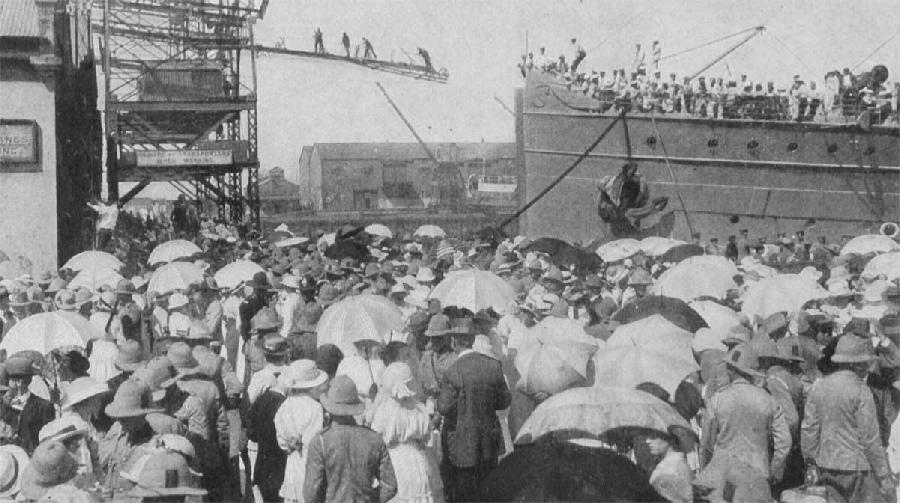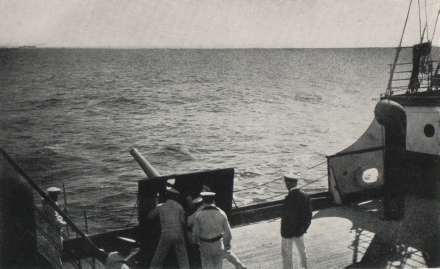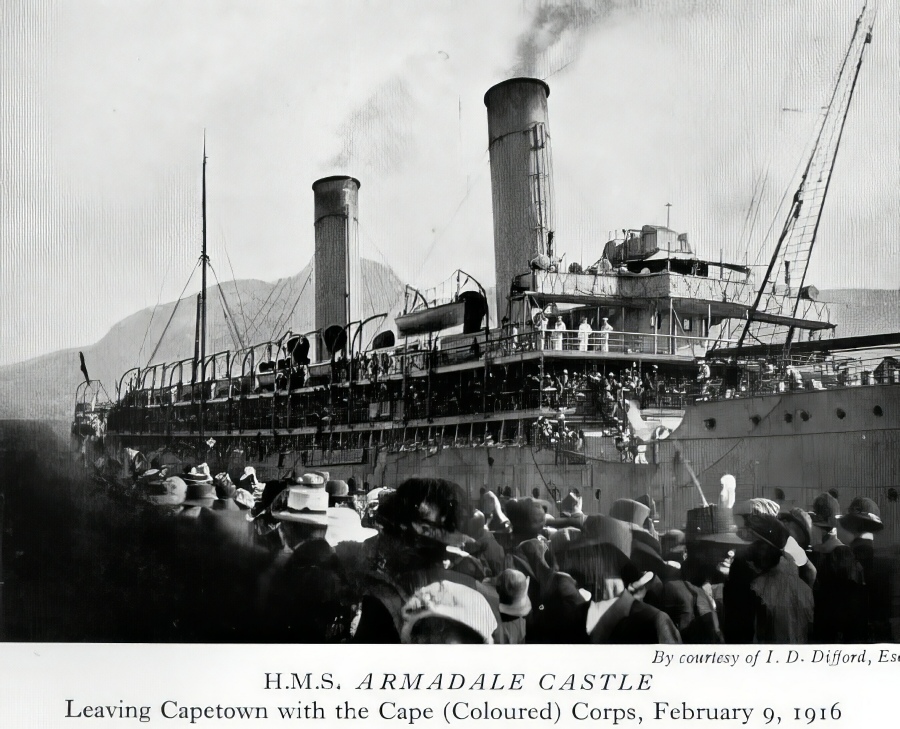



Vessel |
Built |
Tonnage |
Official No |
Ship Builder |
Engine Builder |
Engine Type |
HP |
Screws |
Speed |
|
HMS Armadale Castle |
1903 |
12973 |
118350 |
Fairfield Glasgow |
Harland & Wolff Belfast |
2 x Quadruple Expansion Steam |
2212 NHP 12000 IHP |
2 |
17.5 |
|
Captains |
From |
To |
|
O G Gillett RN Act Rear Admiral |
8/1914 |
5/1915 |
|
S A Hill RN Act Commander |
5/1915 |
2/1917 |
|
G P England RN Captain |
2/1917 |
4/1917 |
|
J F Grant-Dalton RN Captain |
4/1917 |
12/1917 |
|
G P Leith RN Act Captain |
12/1917 |
1/1919 |





